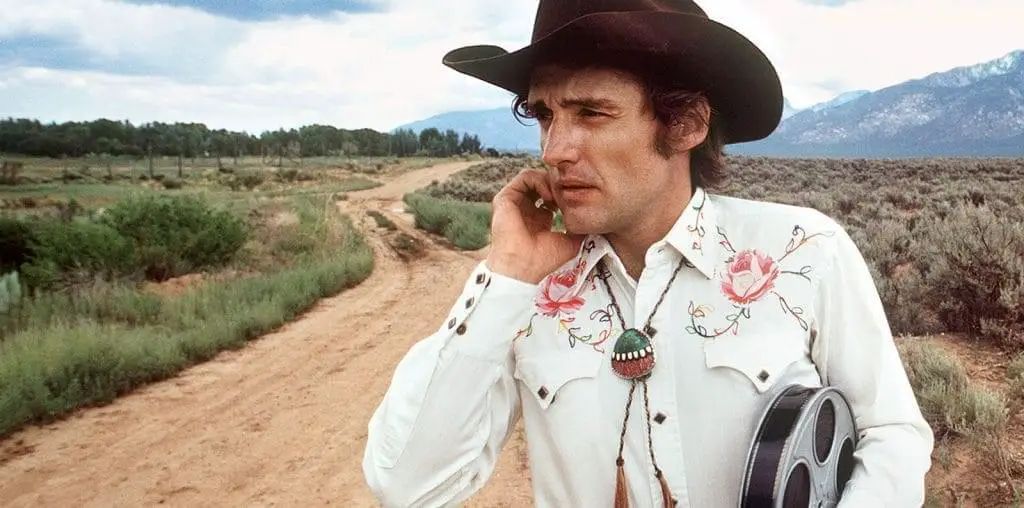
“The Anna Cabrini Chronicles” is visually and sonically lush, if at times it falls short dramatically. In particular, director Tawd B. Dorenfeld’s pen-on-notebook-paper animations and the original score by Trey Spruance and The Secret Chiefs 3 are brilliant. The use of varied media – DV, Super 8, and 16 mm – along with artfully staged sets, creates a stunning visual landscape. Dorenfeld’s screenwriting skills, however, do not do justice to his talent as a filmmaker.
In “The Anna Cabrini Chronicles,” the title character (Leigh Hope Phillips), is conducting a project on suicides. After a brief introduction explaining Anna’s interest in the topic, sparked by her mother’s psychosis and suicide, the film follows three of Anna’s subjects as they make tape-recorded diaries for Anna’s project and eventually succumb to their suicidal thoughts. Throughout the film, the appropriateness of Anna’s relationship with her subjects becomes increasingly questionable, until her comment at the film’s beginning – “I, Anna Cabrini, am still alive; my subjects are not” – takes on a sinister meaning.
Anna Cabrini’s three subjects, Brooke Caldner (Samantha Deane), Jonathan Silver (Michael Childers), and Merrick Young (Bryan Trujillo), mostly tell their stories first person, through the tapes; it is in these sections, accompanied by Dorenfeld’s psychedelic illustrations, that the film excels. The core cast is strong and their monologues are moving, though the majority of the dialogue scenes ring false. So do some of the circumstances of the character’s lives, which sometimes lapse into stereotype, but the fact that nearly everyone is mentally unstable tempers the implausibility somewhat.
At some point in each of the subjects’ segments, the film devolves into a rapid and incomprehensible series of images and sounds. Although it’s possible to glean a general idea of what they’re about, Brooke having an abortion for instance, the attempt to portray the characters’ emotional state in this matter is much less effective than when their words are clearly spoken. These portions of the film are longwinded and detract from the devastatingly direct look at depression and psychosis that seems to be Dorenfeld’s goal. The graphic scenes of suicide, on the other hand, are among the film’s best moments; Brooke’s drawn out and grotesque poisoning is extremely powerful.
“The Anna Cabrini Chronicles” took six years to make. Immense care went into the technical aspects of the film, and it shows, but the poorly researched plots and mediocre dialogue prevent it from being a great piece of cinema. At its worst, the film is confusing and takes a lot of suspension of disbelief, but the visuals and score keep it interesting throughout. I would love to see Dorenfeld collaborate with a screenwriter and a full cast equal to his filmmaking talent.
